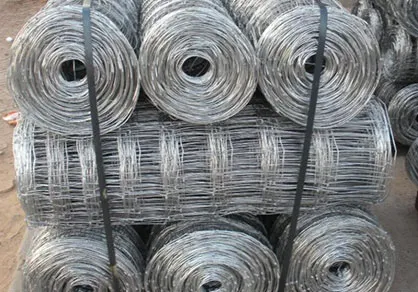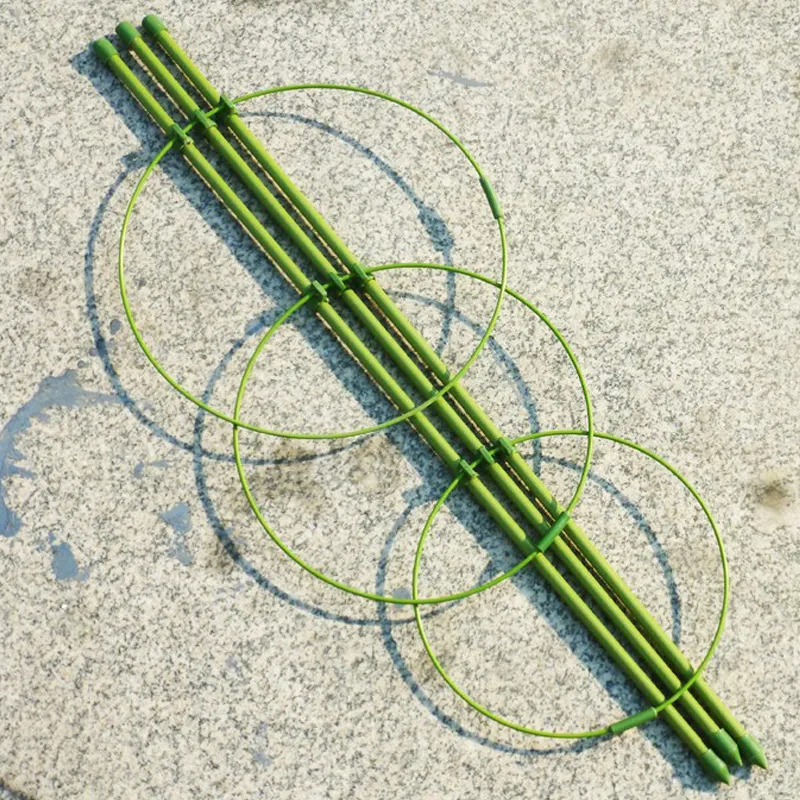

Masonry nails are specially designed for securing materials to concrete surfaces. Their fluted shank provides the edge needed to penetrate and hold firmly in cement, bricks, and blocks. This type demands the use of protective eye gear and proper tools due to the toughness of the surfaces involved and the risk of breakage. For historical renovation or authentic detailing, cut nails are an exemplary choice. They have a distinct square shape and taper off, allowing them to hold tight in wooden beams. Cut nails have been used for centuries and continue to be favored in restoration projects where traditional building practices and appearance need to be preserved. Overlooked in some cases but equally significant are panel pins, used primarily in fine joinery work. These slim, unobtrusive nails hold thin materials and mouldings without splitting or damaging delicate veneers. Their use is common in furniture making and delicate finishings, where precision and craftsmanship quality counts. Specialty nails, such as upholstery nails or carpet tacks, serve very specific purposes within home decor and interior furnishings. These decorative nails not only secure fabric or carpet but also add aesthetic value, highlighting the dual importance of function and form in product design. Choosing the correct type of iron nail involves considering the requirements of your project in terms of hold, finish, and material compatibility. Factors such as nail length, head size, and coating can significantly influence the outcome and durability of your work. Understanding how these elements harmonize to enhance your project’s structural and aesthetic features is essential. Ultimately, investing in the right type of iron nail reflects a level of professionalism and dedication to quality that is recognized and respected in both commercial and hobbyist circles. This expertise not only ensures the success of individual projects but also strengthens the integrity and reliability of the structures themselves.

















